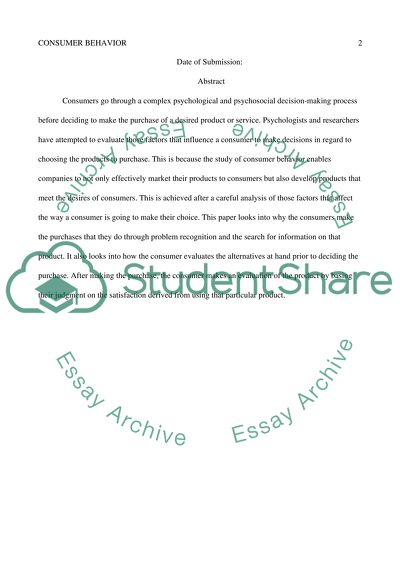Cite this document
(“Consumer Behavior Research Paper Example | Topics and Well Written Essays - 1750 words”, n.d.)
Retrieved from https://studentshare.org/marketing/1591689-consumer-behavior
Retrieved from https://studentshare.org/marketing/1591689-consumer-behavior
(Consumer Behavior Research Paper Example | Topics and Well Written Essays - 1750 Words)
https://studentshare.org/marketing/1591689-consumer-behavior.
https://studentshare.org/marketing/1591689-consumer-behavior.
“Consumer Behavior Research Paper Example | Topics and Well Written Essays - 1750 Words”, n.d. https://studentshare.org/marketing/1591689-consumer-behavior.


